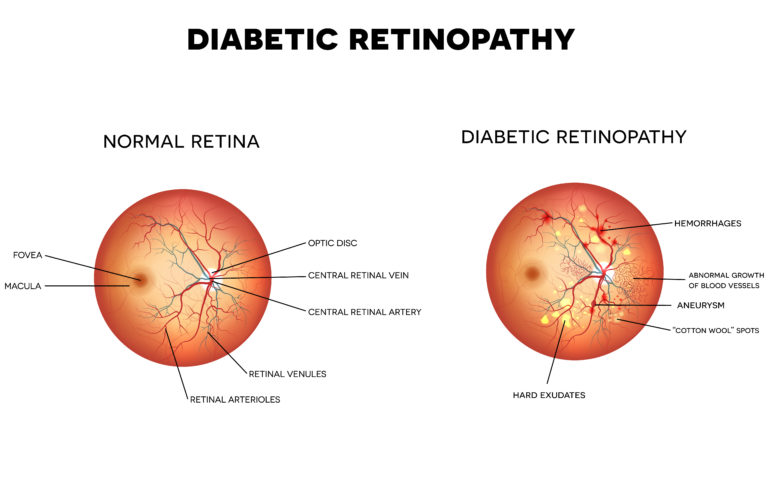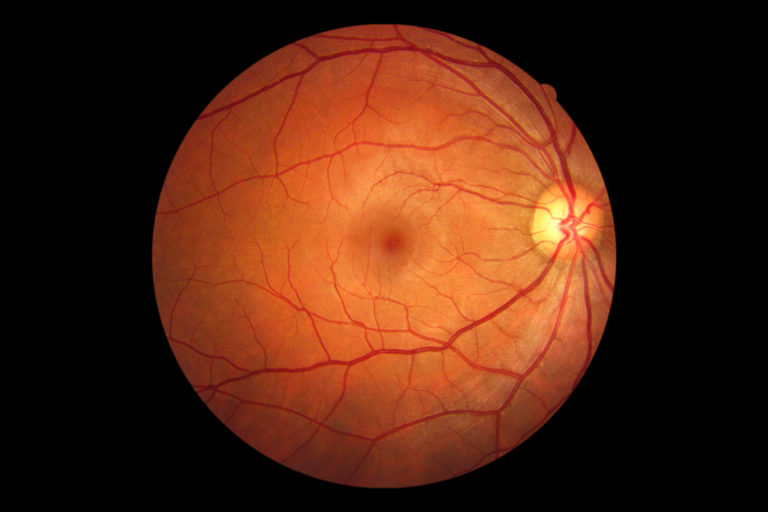Diabetes is a leading cause of blindness in adults. If you are a diabetic you need to take extra special care of your eyes. Here is some helpful information about diabetes and your eyes.

The Basics of Diabetes in Layman’s Terms
Insulin is a transport molecule. It attaches to the blood sugar and carries it through the vessel walls into the cells. It’s like the trucks needed to carry products from one place to another. Without adequate insulin the sugar accumulates in the blood vessels. This can cause several problems that can lead to vision loss:
The cells start to starve to death
The blood flow is slowed
Bleeding and other leakages of body fluids can occur
New, fragile blood vessels can grow
Because the blood vessels in the retina (and the kidneys) are among the smallest in the body, these are affected earlier in the disease. Because the feet are the farthest from and below the heart, many diabetics develop foot issues.
Many diabetics do not develop these problems until 10 or more years after initial diagnosis. However, that is a statistic. Individuals can develop complications earlier or, hopefully, much later. Taking care of your diabetes by controlling your A1c or blood sugar has been shown to be the best method of reducing your risk.
It is recommended that every diabetic get yearly eye exams. Special testing and careful documentation is essential, because early intervention (treatment) has proven to help many diabetics preserve their vision.
Some Special Tests included in a Diabetic Eye Exam
Your eyes should always be dilated. This is when eye drops are used to enlarge your pupil, giving your eye doctor a better view of your retina.
A digital imaging of your retina should be performed. This is often done using an OCT, but there are other instruments that can be used.
Retina photos are often taken of a diabetic patient. This gives the doctor a baseline to refer back to.


